The Independent's journalism is supported by our readers. When you purchase through links on our site, we may earn commission.
Waterford city guide: what to see and do in Ireland’s history-packed champion of low-key cool
History – tick. Comforting Irish fare – tick. Out of town jaunts along rugged Irish coastline – tick. This waterfront haven is a delightful taste of old Ireland, says Kerry Walker
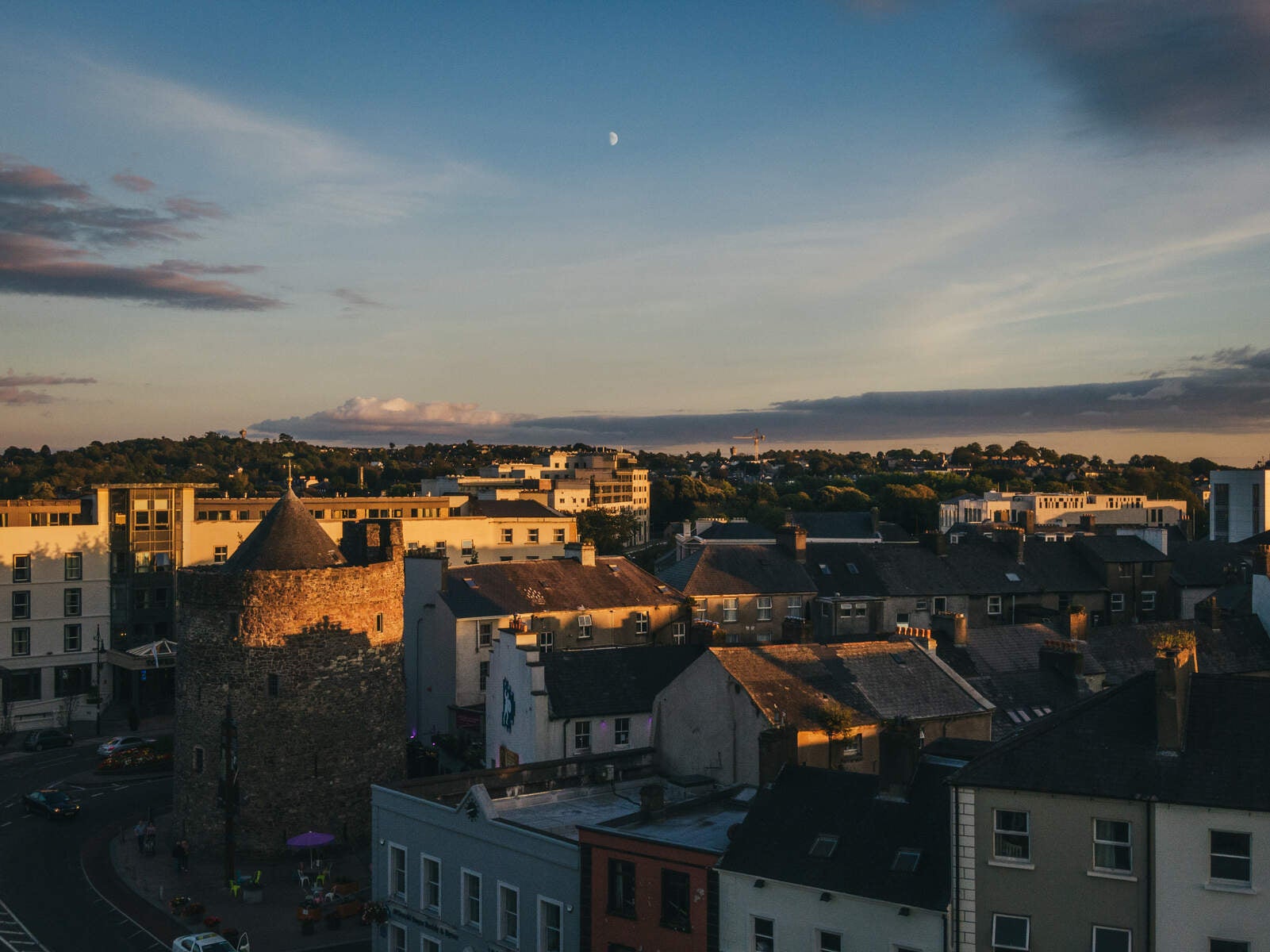
Waterford? Where? If you’ve never heard of this city in southern Ireland, you are not alone. But you are missing a trick. Perched on a gentle bend in the River Suir, a few miles from wild, storm-tossed coastlines trimmed with some of Ireland’s most beautiful beaches, the location is a knockout. And so is this delightfully dinky, walkable city: all the more because it has managed to dodge the tourist radar and keep its low-profile cool.
Vikings rocked up here in AD914 and founded Ireland’s oldest city, whose history is now writ large in one of the country’s most engaging cultural quarters. Architecture wise, the city gets its elegant Georgian swagger from the 18th-century boom of Waterford Crystal, the famous glassworks which you may have heard of and, if not, can get to know at a pretty visitor’s centre. But there’s more to this city than past glories: namely high-spirited festivals, a food scene fizzing with creativity, and many an old-school pub where you can grab a pint when the rain sweeps in.
The Irish Times voted Waterford the best place to live in Ireland in 2021. And you only need take a look at the sum of all this and what’s on the doorstep – from the rambling, wave-bashed Copper Coast to the active pursuits of the car-free Waterford Greenway – to see precisely why it is fully deserving of its moment in the spotlight.
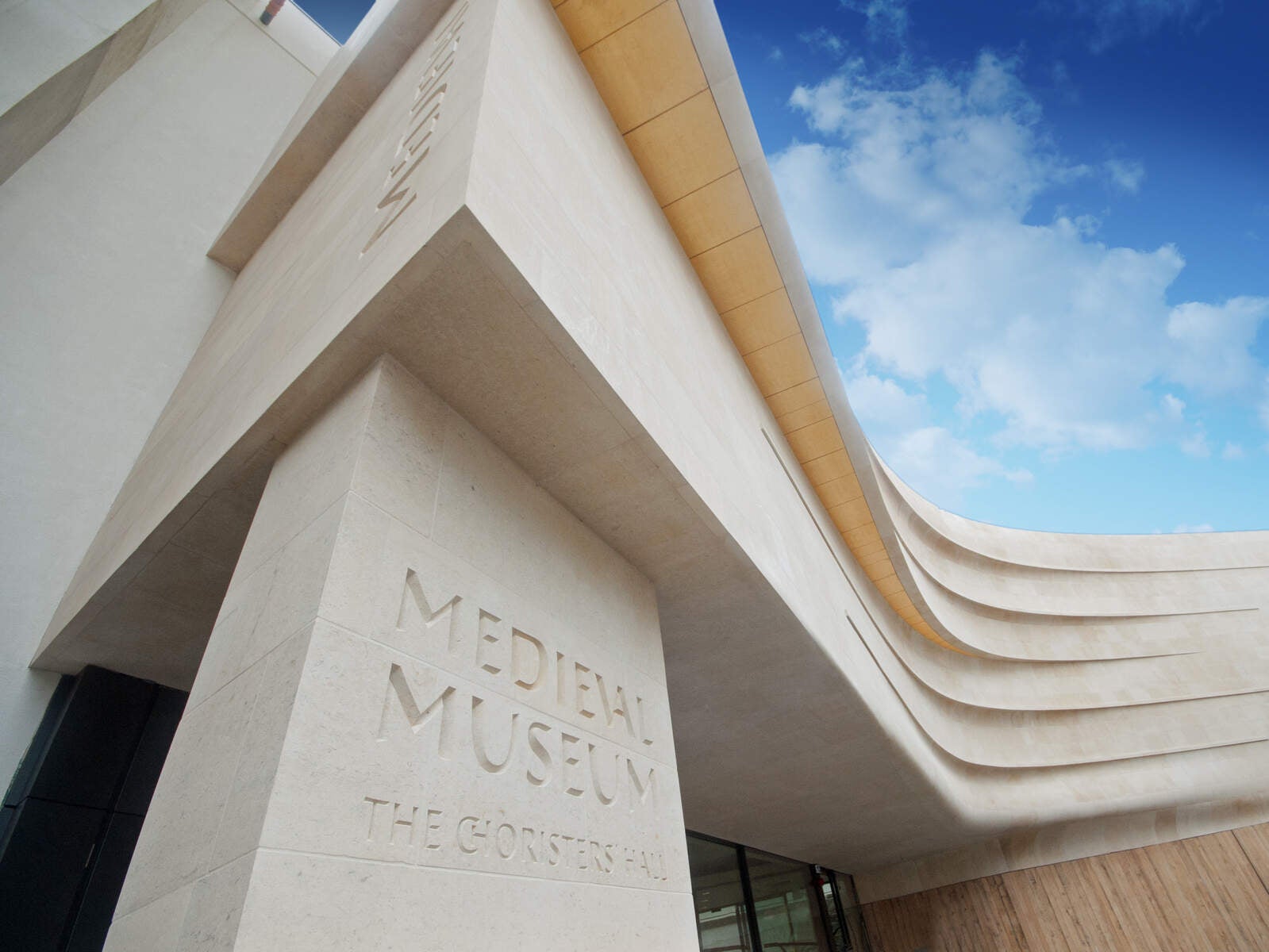
What to do
The Viking Triangle & Waterford Treasures
On the site of the old Viking walls, the Viking Triangle is Waterford’s cultural big hitter. Here you’ll find the Waterford Treasures, a hat-trick of museums diving deeply into the city’s past. A €15 (£12.60) Freedom of Waterford Pass gets you entry into the lot. Opening times are Monday to Friday 9.15am-5pm, Saturday 10am to 5pm and Sunday 11am to 5pm.
The most outstanding of the trio is arguably the Anglo-Norman Reginald’s Tower, a chunky chess piece of a round tower by the quayside, with a longboat out front. Currently undergoing renovation but set to reopen soon (watch the website for details), the museum spells out the city’s Viking past in curious artefacts. Don’t miss the Hnefatafl (Viking chess) pieces carved from wood and bone.
From here it’s a minute’s walk to the Medieval Museum, an architectural stunner in curved honey stone. It presents a fascinating romp through the Middle Ages in treasures like the Great Charter Roll (1373), showing the walled city as it then was, and lavishly embroidered cloth-of-gold vestments made from Italian silk.
All sober classical lines, the Georgian Bishop’s Palace has some fancy chandelier-lit apartments to gawp at, as well as the oldest surviving example of Waterford Crystal – a 1789 Penrose decanter. Outside, you’ll want to pose alongside the giant bronze sculptures of Viking newlyweds Strongbow and Aoife.
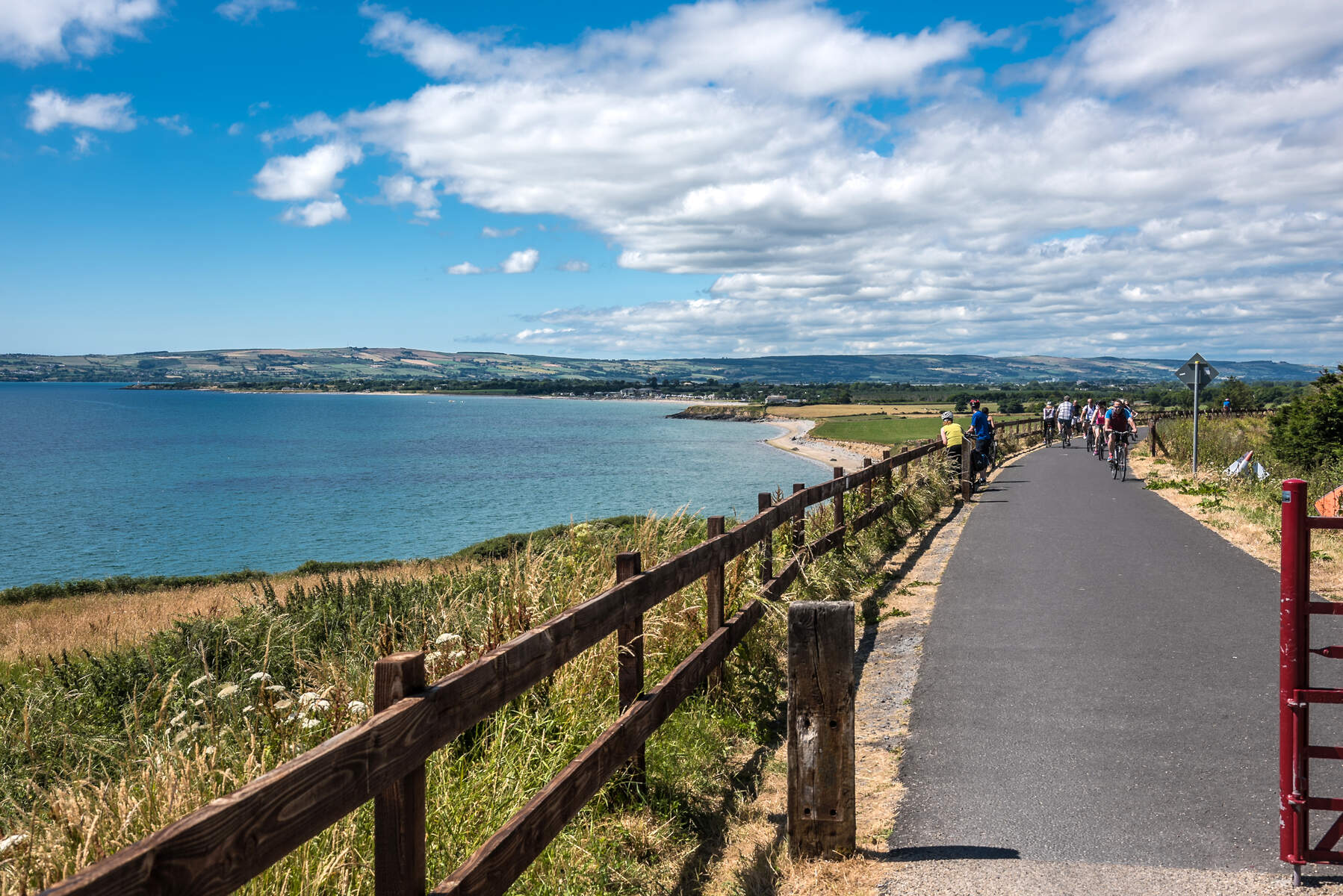
Waterford Greenway
One look at the surrounding Comeragh Mountains and rugged coast might have you itching to get out into the greenery around the city. Ask a Waterford local to rattle off the greatest things about their city and they’ll inevitably mention the car-free Waterford Greenway, which swings inland from the Copper Coast for a 46km spin along old railway lines, taking in historic viaducts and dipping into ferny tunnels before popping out by the seaside in Dungarvan. Head there for a hike, or rent a bike – cycle hire will set you back €25 (£17) per day, or €45 for an e-bike.
Copper Coast
With seagulls wheeling above the quay and sea breezes that rip right through you on blustery days, you can feel the Atlantic here, even if you can’t see it. Ah, but it’s not far.
Just beyond the sickle-shaped beach of Tramore, immediately south of the city, the Copper Coast unfurls in all its primordial beauty, formed by volcanic activity 460 million years ago and facing the bad-tempered Celtic Sea. Running 25km from Kilfarrasy in the east to Stradbally in the west, this stretch of cliff and beach, now a Unesco Global Geopark, is best explored by car or bike. Part of the joy is not having any agenda and going from one cliff-rimmed cove to the next, but definitely factor in a stop at the geological garden (entry free) to see mysteriously inscribed Ogham stones as well as the “cursing stone” – walk around it anticlockwise to effectively place your curse. Nearby, the ghostly 19th-century copper mining ruins of Tankardstown are another atmospheric spot to pause in.
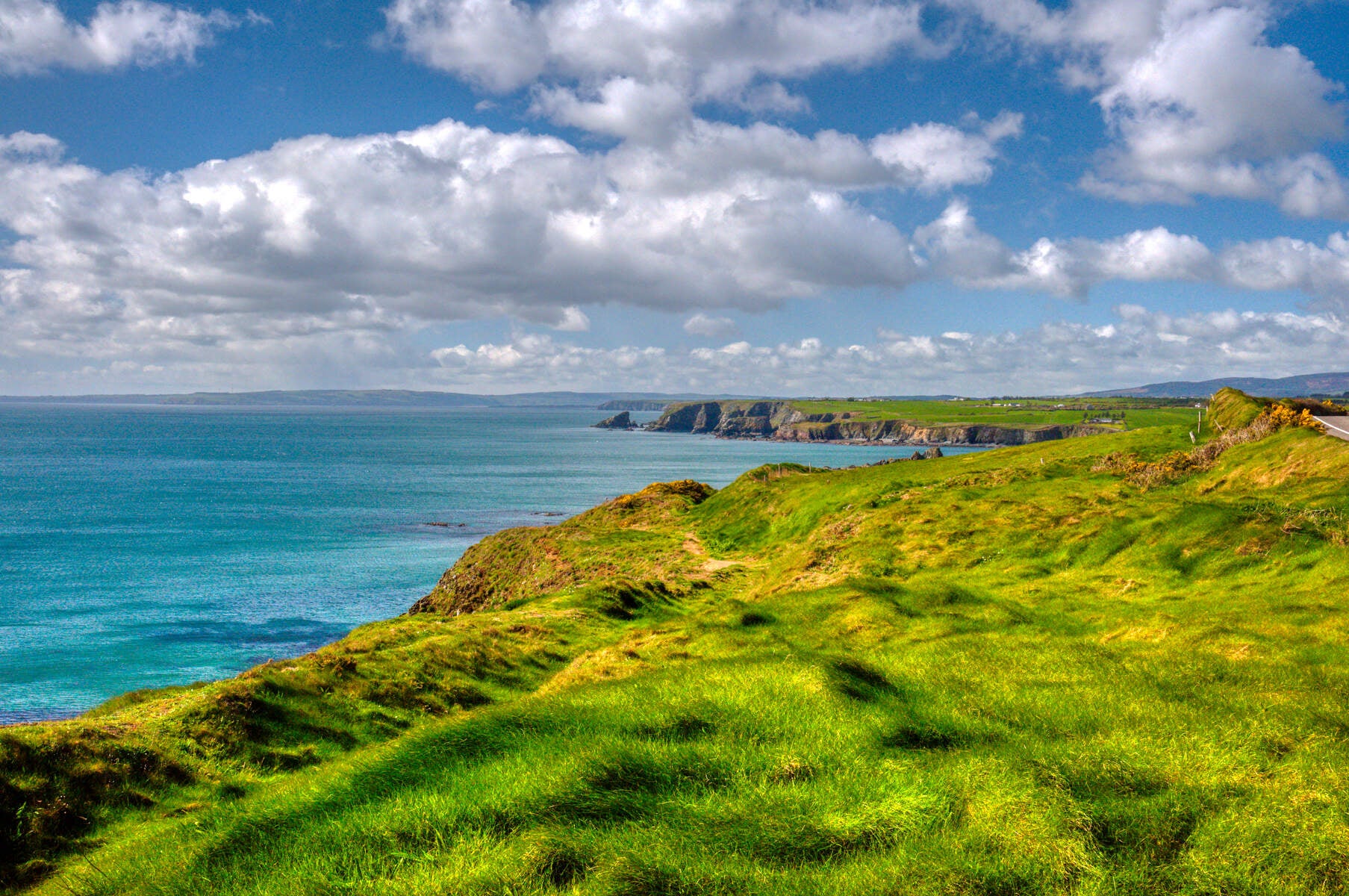
For an alternative take on the coast, hook up with “sea gardener” Marie Power for an eye-opening seaweed foraging tour and picnic at a wild local beach (dates and prices on request). Or explore from the water with Pure Adventure, who lead three-hour kayaking trips (€50) to the coast’s caves, arches and tunnels.
Where to stay
In a Georgian townhouse near the riverfront, Portree Guesthouse is an enticing budget B&B, with a spiral staircase twisting up to sweet, simple rooms. The owners want you to treat the place as home, so feel free to help yourself to hot drinks in the lounge, use the basement kitchen to knock up a meal and store your bike if you’re cycling the Greenway. A generous Irish breakfast is also served. Doubles from €80 (£67), B&B.
On the southern fringes of town, Samuel’s Heritage B&B has a welcome as warm as a hug and lovely views of the River Suir. Spread across 30 acres of farmland and gardens, it’s a quiet escape, with unfussy, traditional rooms (including an accessible one), plus a little gym and infrared sauna on hand. The Daunt family go out of their way to make breakfast memorable, with locally sourced bacon, home-laid eggs, organic fruit and homebaked goodies.
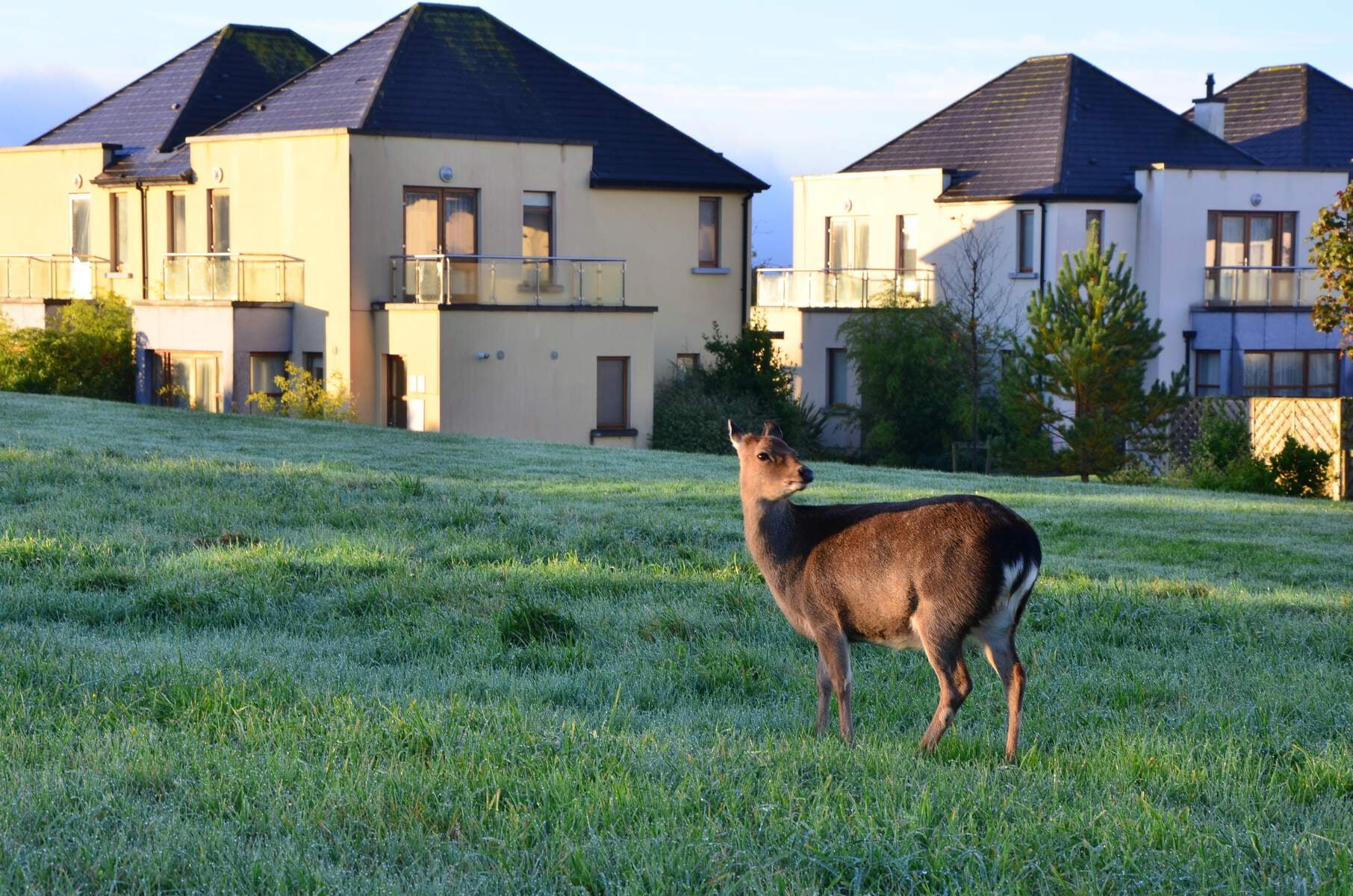
The fanciest place to stay is Waterford Castle Resort, sitting on its own private island reached by car ferry. This 16th-century castle hits the romantic sweet spot with its ivy-draped exterior, inglenook fireplace, fine dining restaurant – and that’s all before you retire to plush rooms full of period features like chandeliers, four-poster beds and clawfoot bathtubs. Even slicker and more modern are the three-bedroom self-catering lodges – nifty for groups and families. Activities in the grounds range from golf to croquet, tennis and nature walks (look out for resident deer).
Where to eat
Waterford’s food scene has gone through the roof recently, with chefs drawing heavily on winningly fresh produce from the surrounding sea, fields, forest and mountains in menus that are imaginative, sustainable and waste conscious. If you fancy a quick snack, Phoenix Yard street food market rustles up everything from vegan burgers to jerk chicken and Hungarian goulash.
With its zingy lime interior sprinkled with art, foliage and mismatched vintage furniture, Momo has a bohemian vibe and good buzz. The kitchen takes great pride in local ingredients, starring in dishes from open crab sandwiches on seaweed sourdough to slow-cooked beef ribs with root veg and garlic puree.
On central O’Connell Street, The Old Couch Cafe is a rustic, black-walled, art-slung bistro, headed up by passionate Croatian-Polish chef couple Damira Levacic and Przemyslaw Muszynski. The menu plays up ethically sourced ingredients in sophisticated dishes – think local Wagyu beef tartare with black radish and nigella-seed crackers, or duck breast with fig, cauliflower and preserved lemons – all exquisitely presented on nature-inspired crockery. At weekends, afternoon tea (rustically presented on a slab of wood) is an absolute treat.
For a real hit of the sea, take a wild coastal drive south of Waterford to the Templars Inn in Templetown (once the HQ of the Knights Templar) on the surf-smashed Hook Peninsula. Here you can dig into great value chowders and seafood platters before visiting the world’s oldest lighthouse.
In coastal Tramore, 12km south of town, the Beach House lodges in a slick Victorian townhouse conversion. Delivered in the pared-back dining room overlooking kitchen gardens, the food is sustainable, produce-led and beautifully cooked, simple as lobster cocktail and seaweed-butter poached plaice.
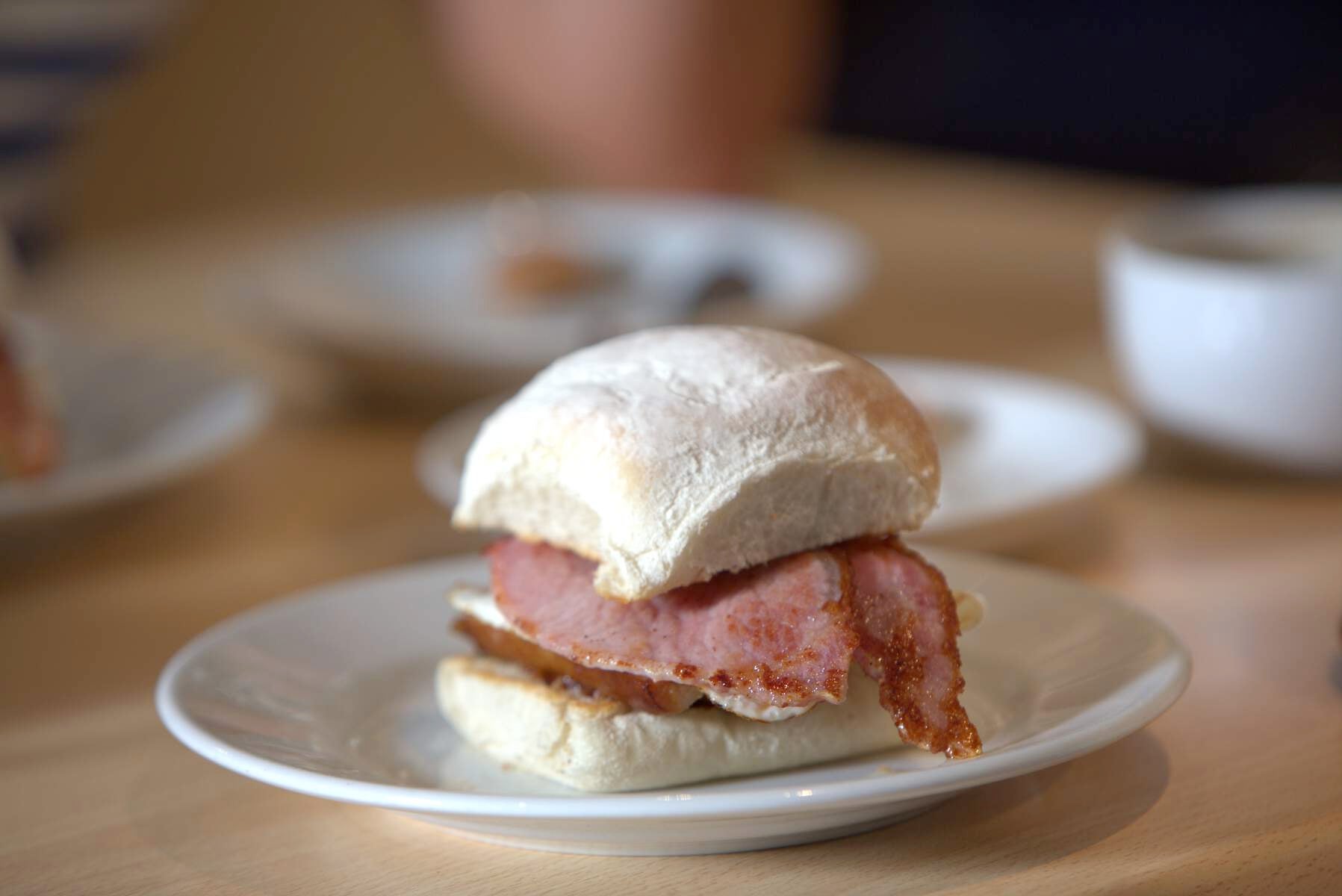
Where to drink
Kick off your morning spin of the Viking Triangle with a locally roasted, barista-made coffee at Under the Clock Tower. They also do great fresh-pressed juices and snacks, from toasties to acai bowls.
If you’re craving a pint in a proper old-fashioned Irish boozer, Phil Grimes nails the vibe with its warm, woody, stove-warmed interior, craft beers (try local Dungarvan Brewing Company ones, like the coffee and oatmeal stout) and regular live music. It’s the kind of place where strangers swiftly become bosom friends and parties spontaneously erupt.
Snug, cozily retro Tully’s Bar also has a firm local following, with a cracking range of craft beers, whiskeys and spirits, tables spilling outside in summer and the occasional crowd-rousing gig.
On Bank Lane, the roof terrace at Itty Bittys is magic on balmy evenings (although - who are we kidding - this is Ireland, so take a jumper at least…), catching the last of the day’s sun. Go for cocktails, DJs spinning house and disco and, at weekends, live music in the downstairs bar.
Where to shop
You can’t come to Waterford and not buy a blaa, the softest, flouriest white roll you’ll ever have the pleasure of biting into (purists swear on eating them with nothing but Irish butter). These PGI-status baps have been around since French exiles the Huguenots rocked up in the 17th century (“blaa” is said to be a corruption of “blanc”). Stop by a traditional bakery like third-generation Walsh’s for the best.
Picnic? Team your blaa with local cheeses, fresh produce and organic juice from Waterford City Food and Craft Market, held every Saturday in John Roberts Square.
Crystal has given Waterford its sparkle since 1783. In the heart of the Viking Triangle, the House of Waterford Crystal spills the beans on the history and craft with behind-the-scenes tours zooming in on mould-making, glass-blowing, sculpting and engraving. Or skip it and head straight for the chandelier-lit store in search of glassware to pimp up your home bar – some collections are inspired by Ireland’s rugged coast.
Sustainable design is the hallmark of quayside Bebhinn, where you’ll find the most gorgeous fleck-stitch scarves, ponchos and jumpers in Irish linen and merino wool – ideal for the bracing winters – alongside gifts from seaweed-based cosmetics to copper candelabras.
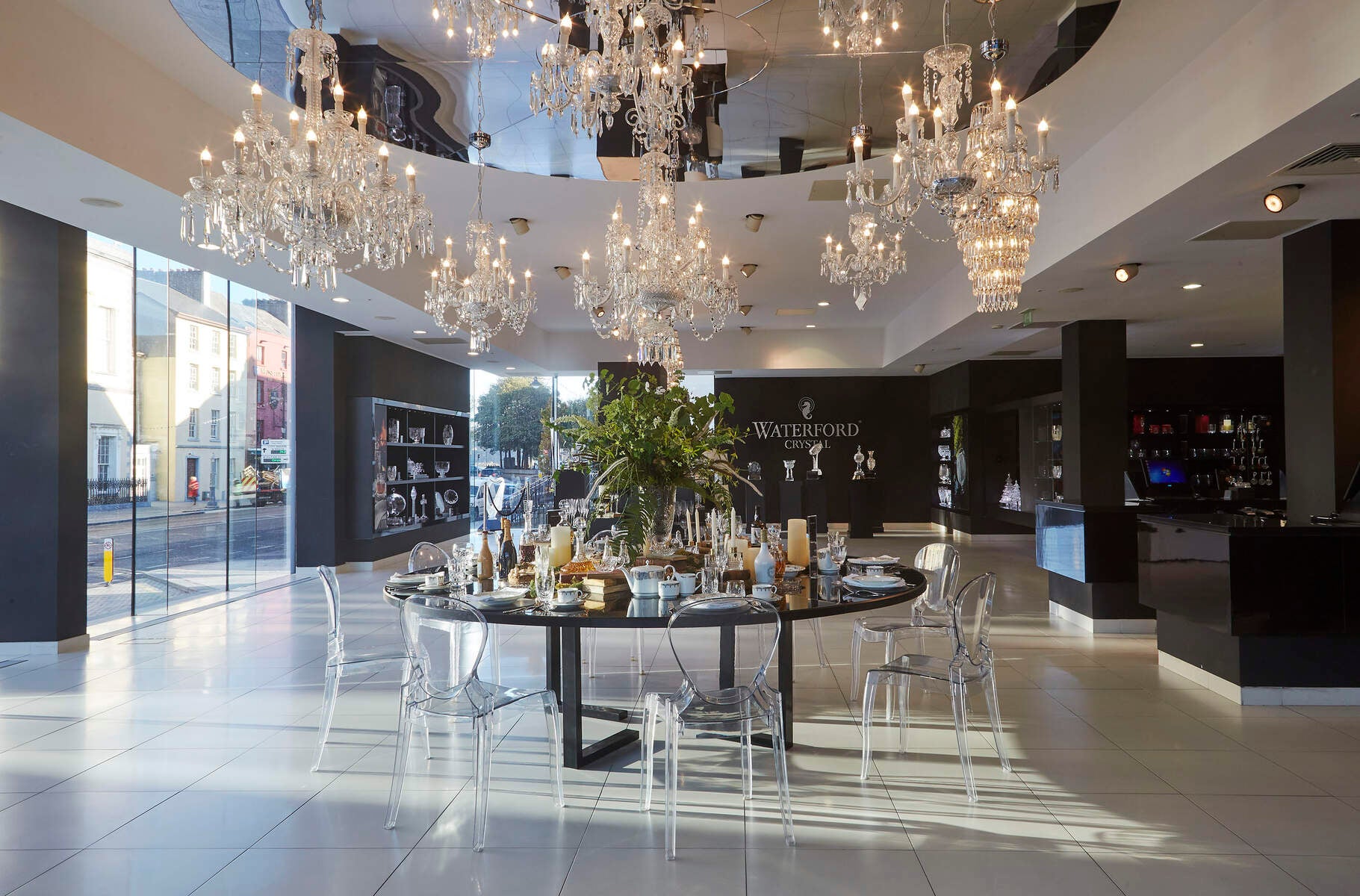
Architectural highlight
At the heart of the Viking Triangle, the 18th-century Christ Church Cathedral is a whitewashed vision with its neoclassical portico. Bearing the hallmark of John Roberts, esteemed Georgian architect of the age, it stands on the site of an earlier cathedral built in 1096. It was here that Strongbow married Aoife in 1170, a pivotal event in Irish history.
Nuts and bolts
What currency do I need?
Euros.
What language do they speak?
Irish and English.
How much should I tip?
Around 10-20 per cent.
What’s the time difference?
Ireland is in the same time zone as the UK.
How should I get around?
There are local buses, but you’re unlikely to need them (everything is walkable or cyclable). If you don’t fancy driving along the Copper Coast, cycling is an option.
What’s the best view?
Head up to The Reg roof terrace for drinks with a view of Reginald’s Tower and day fading into pastel dusk across the River Suir.
Insider tip?
Waterford gets its cultural groove on from June to mid-August, with the free Summer in the City festival bringing live music, performance, workshops and street art to city streets.
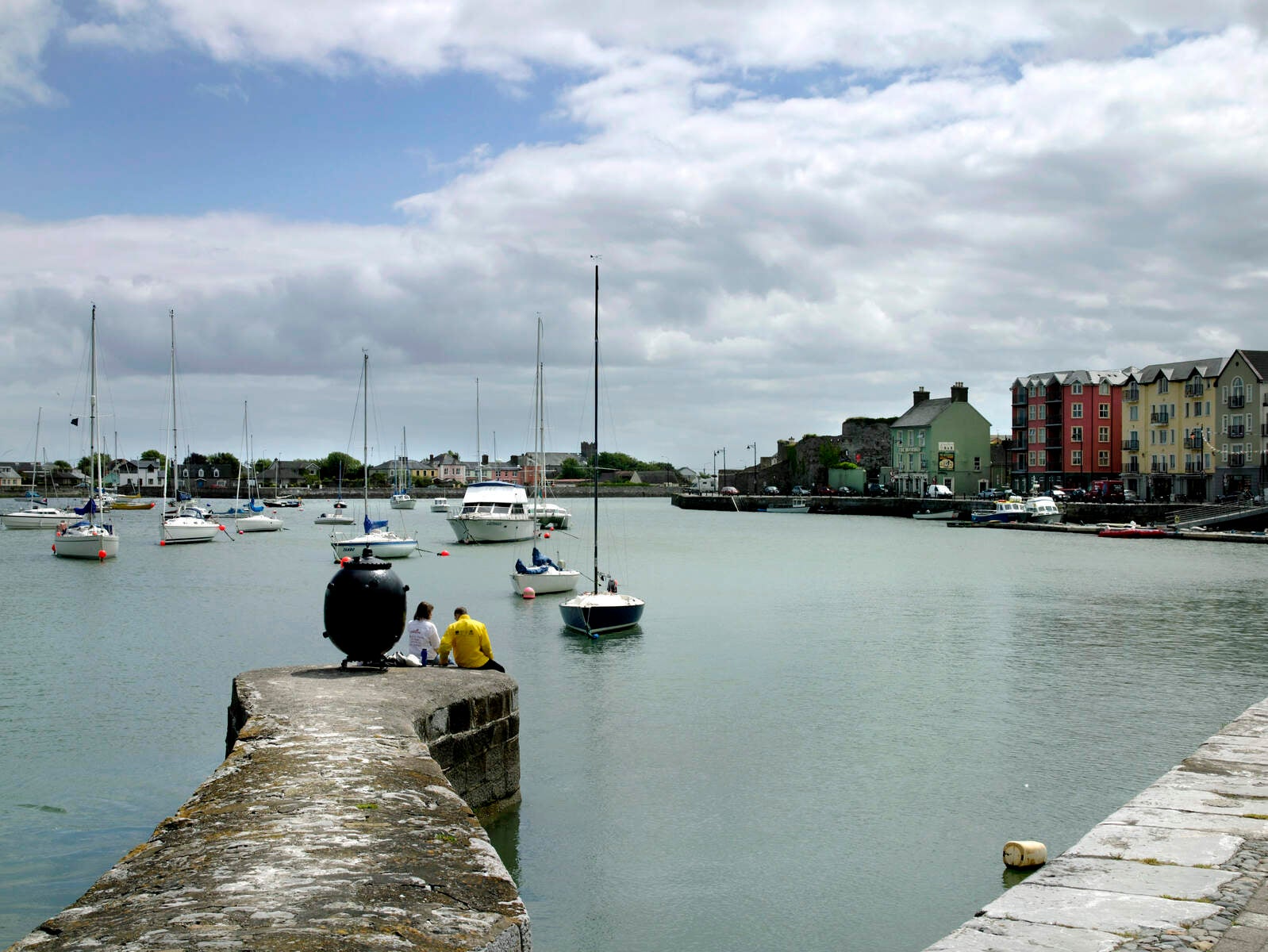
Getting there
Trying to fly less?
There are twice daily ferry crossings with Stena Line from Fishguard in Wales to Rosslare in County Wexford. The average crossing time is 3.5 hours. Alternatively, Irish Ferries sails twice daily between Pembroke and Rosslare (4hrs). From Rosslare Harbour, take bus 40 to Waterford (1hr 20 mins).
Fine with flying?
It’s just over an hour from the UK to Cork, the nearest airport.
Join our commenting forum
Join thought-provoking conversations, follow other Independent readers and see their replies
Comments